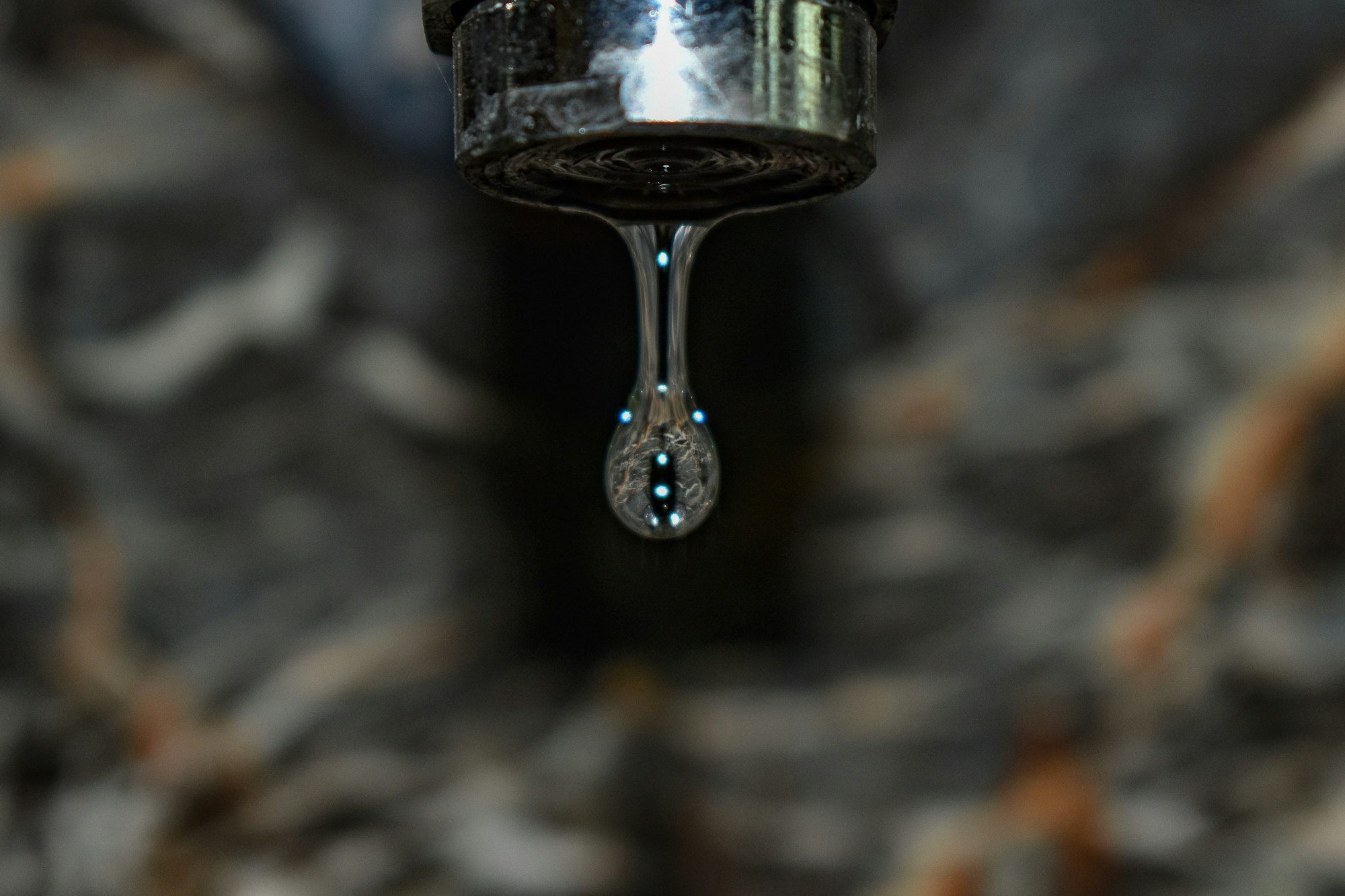The History of Drinking Water

People have been storing and distributing drinking water since the beginning of time. During the hunter-gatherer period of human civilization, river water was used as drinking water, and so civilizations were usually formed near that water source. In case there were no rivers or lakes, they used groundwater for drinking water, which was pumped up through wells. When the human population started growing extensively, the water supply was no longer sufficient, and drinking water needed to be extracted from a different source.
About 7000 years ago, river water and water in wells were used as drinking water sources. People also developed drinking water transport systems, namely through channels that were dug in the sand or rocks. Gradually, people shifted to hollow tubes for the channels. Egypt used hollow palm trees, and the Chinese and Japanese used bamboo trunks. Eventually, humans used other materials like clay, wood and metal.
In 1804, John Gibb built the first drinking water system that supplied an entire city in Paisley, Scotland, with disinfected water. Within three years, filtered water was able to be transported to Glasgow. In 1806, Paris established a large water treatment plant. The water was settled for 12 hours, after which they filtered it using sand and charcoal. In 1829, the Englishman, James Simpson, invented a sand filter for the purification of drinking water. This helped improve public health immensely.
U.S. drinking water supplies are said to be amongst the safest in the world currently. In 1908, Jersey City in New Jersey was the first city in the U.S. to start the practice of routine disinfection of community drinking water. Over the next decade, many other U.S. cities and towns followed suit in routinely disinfecting their drinking water.
